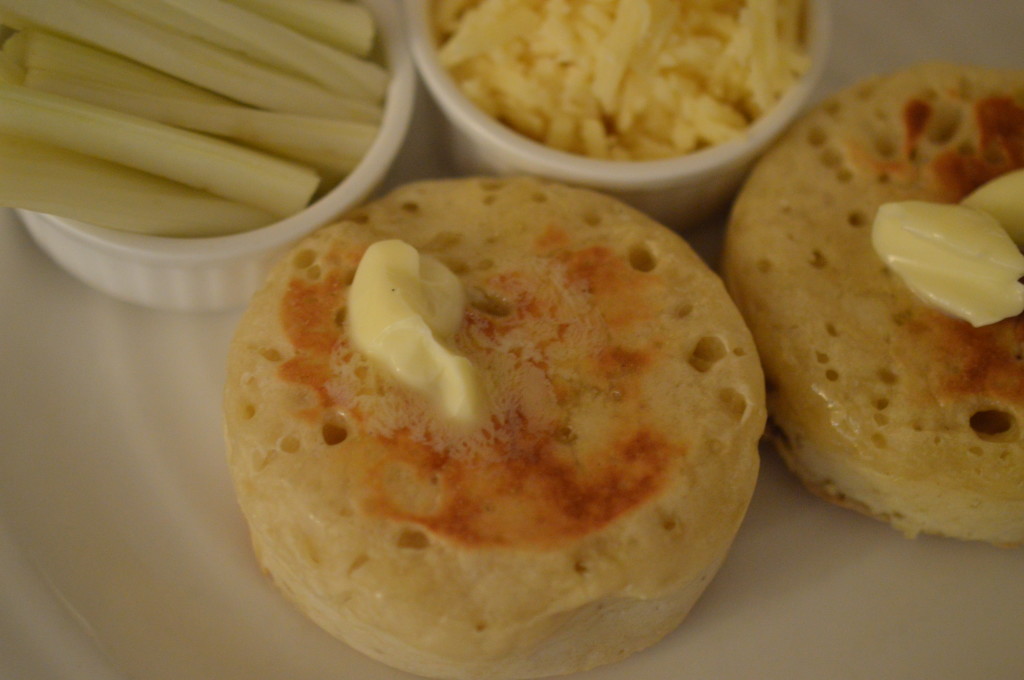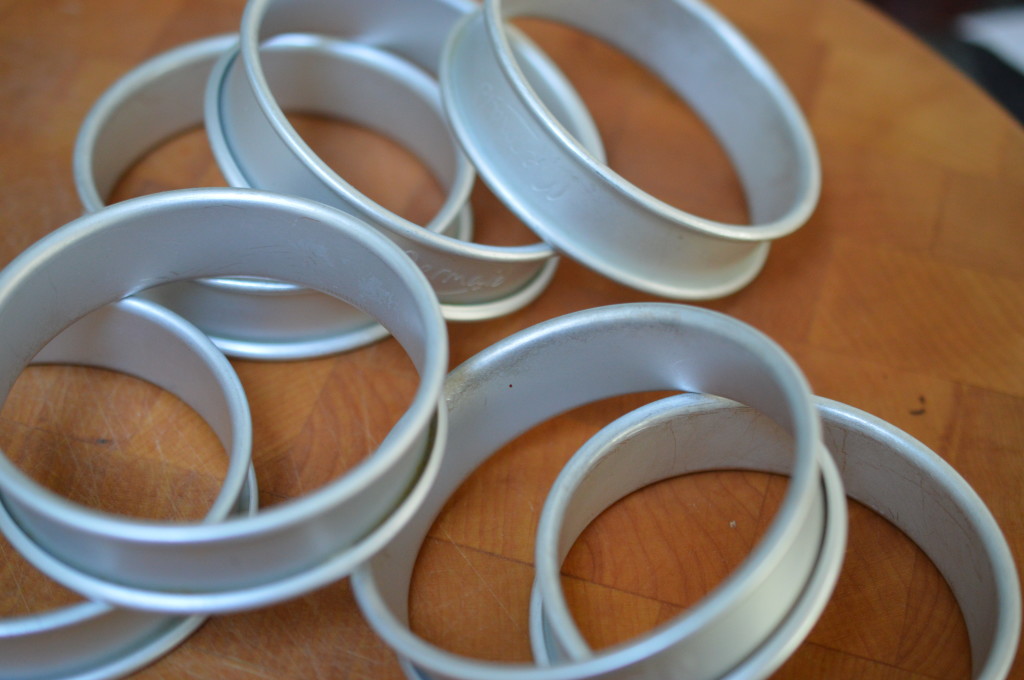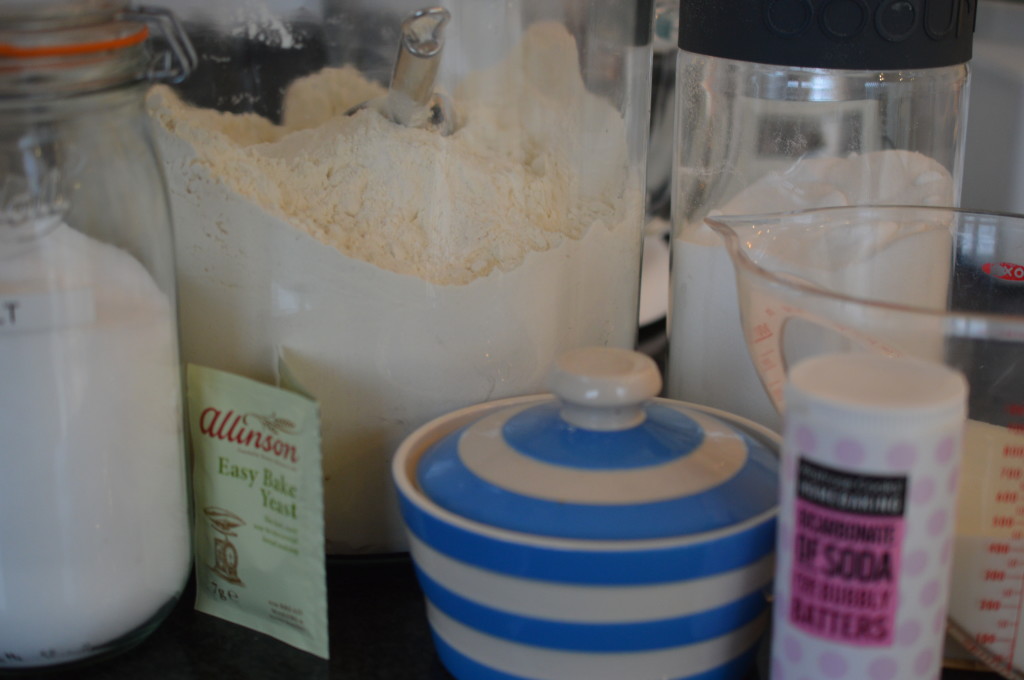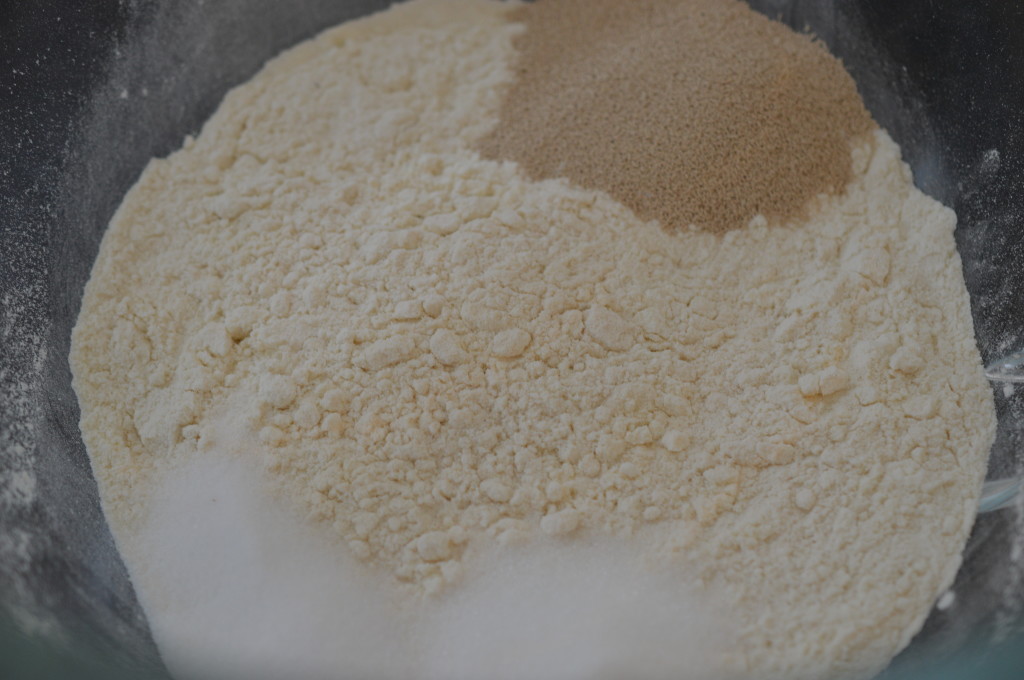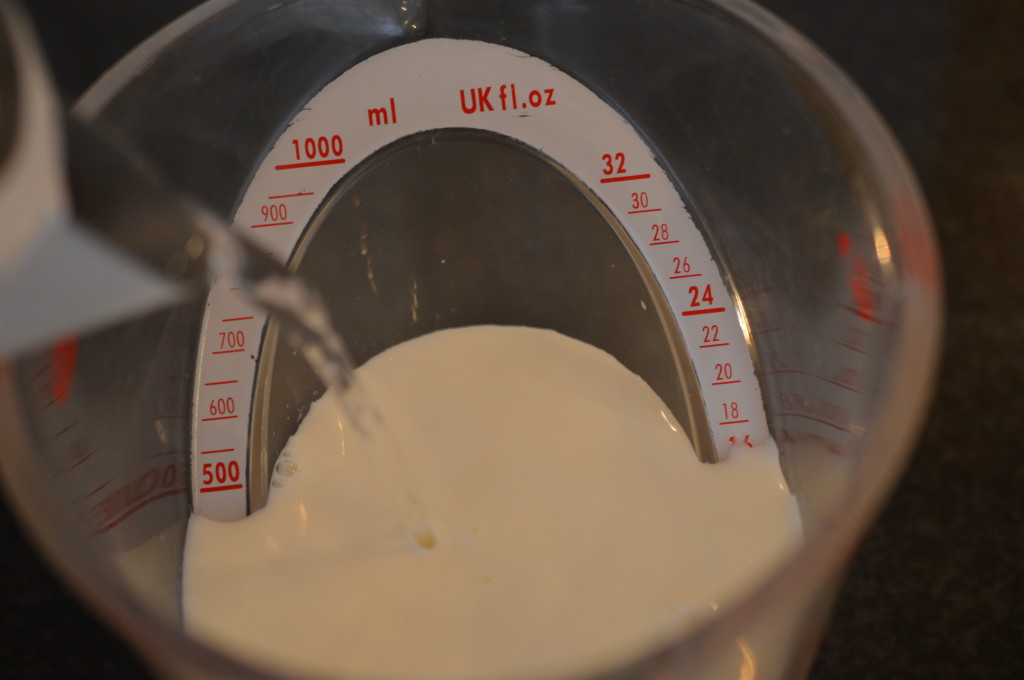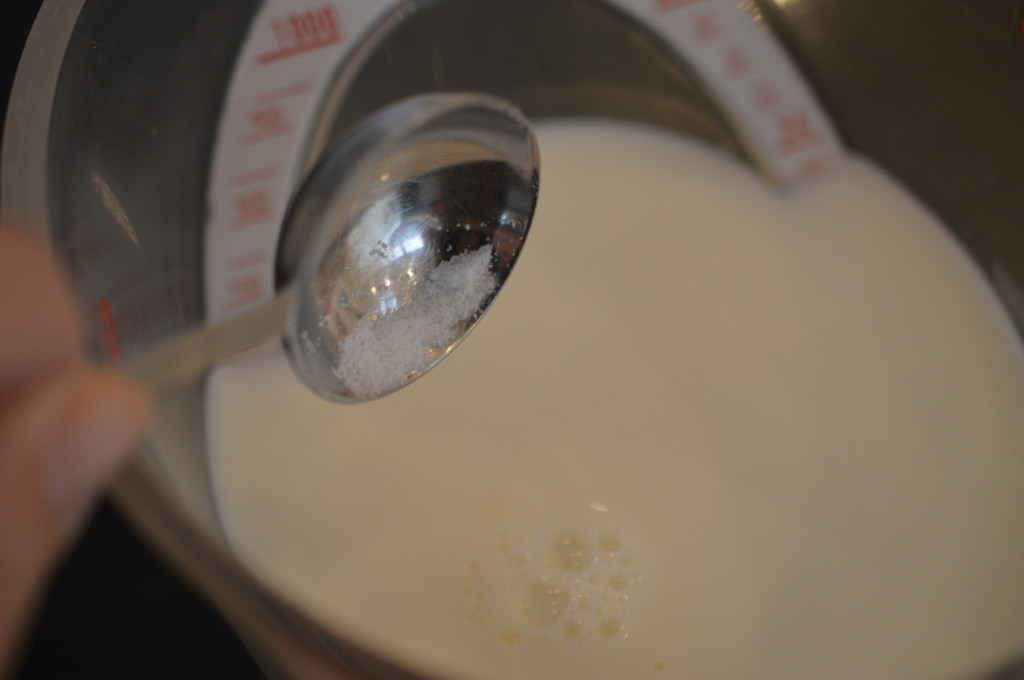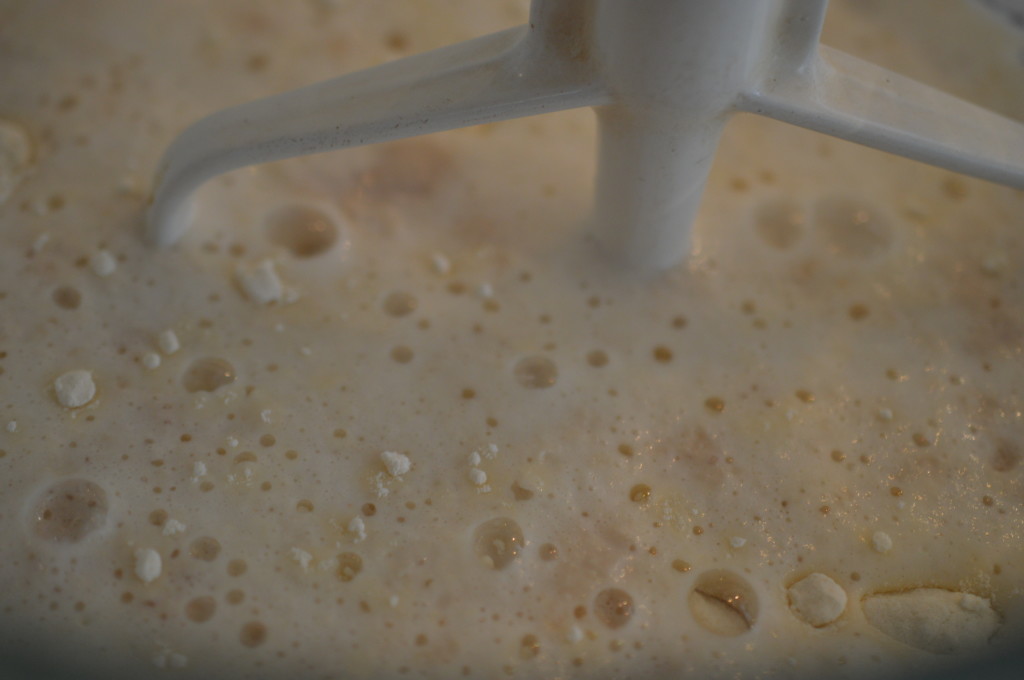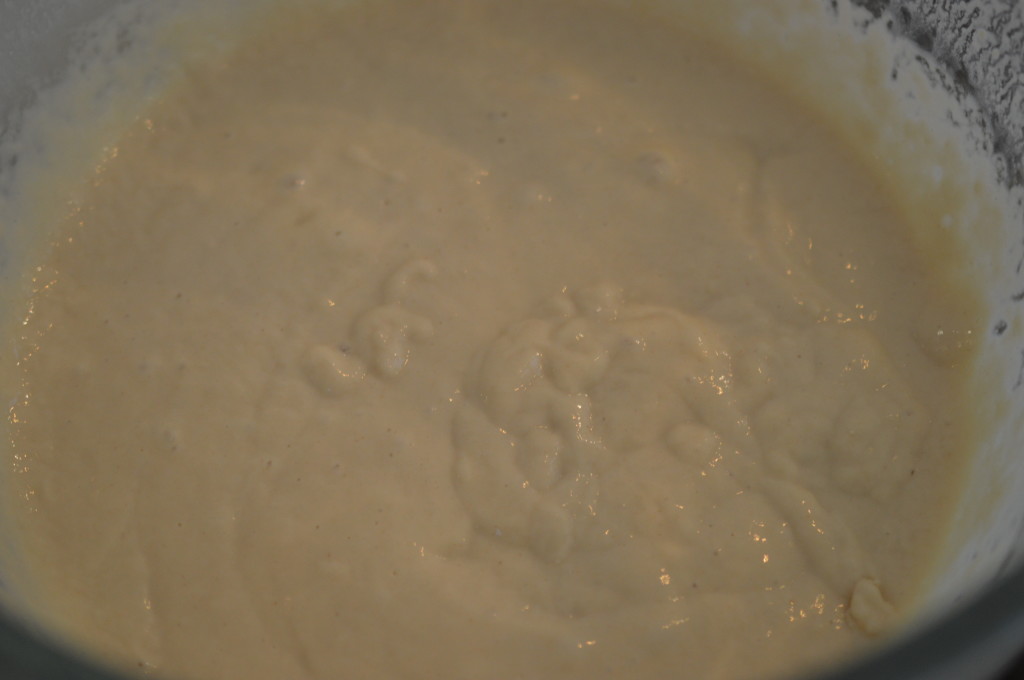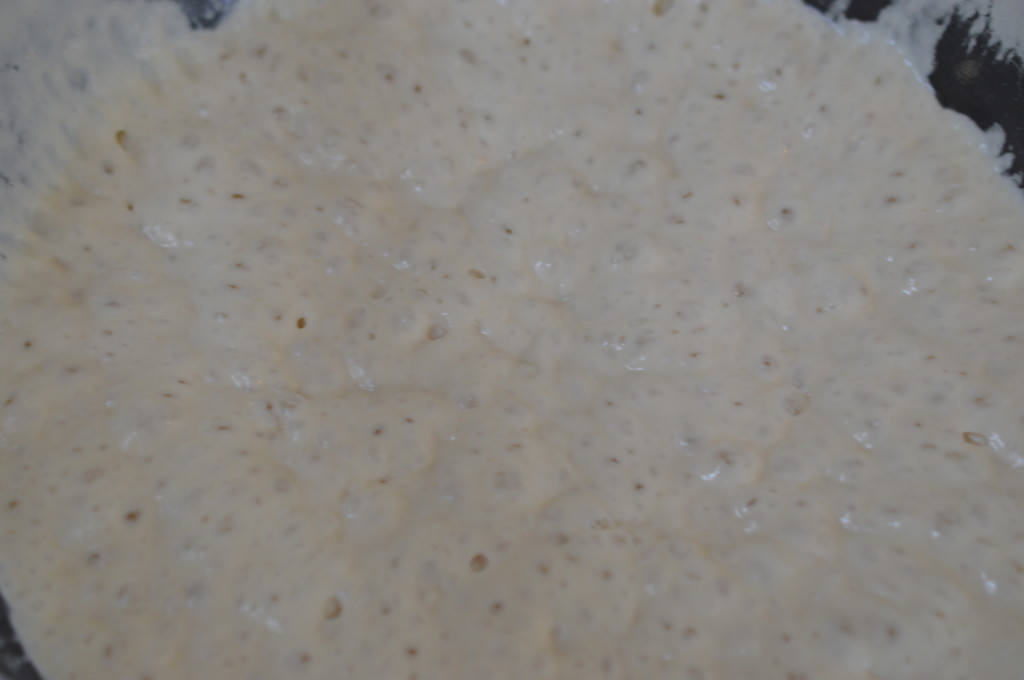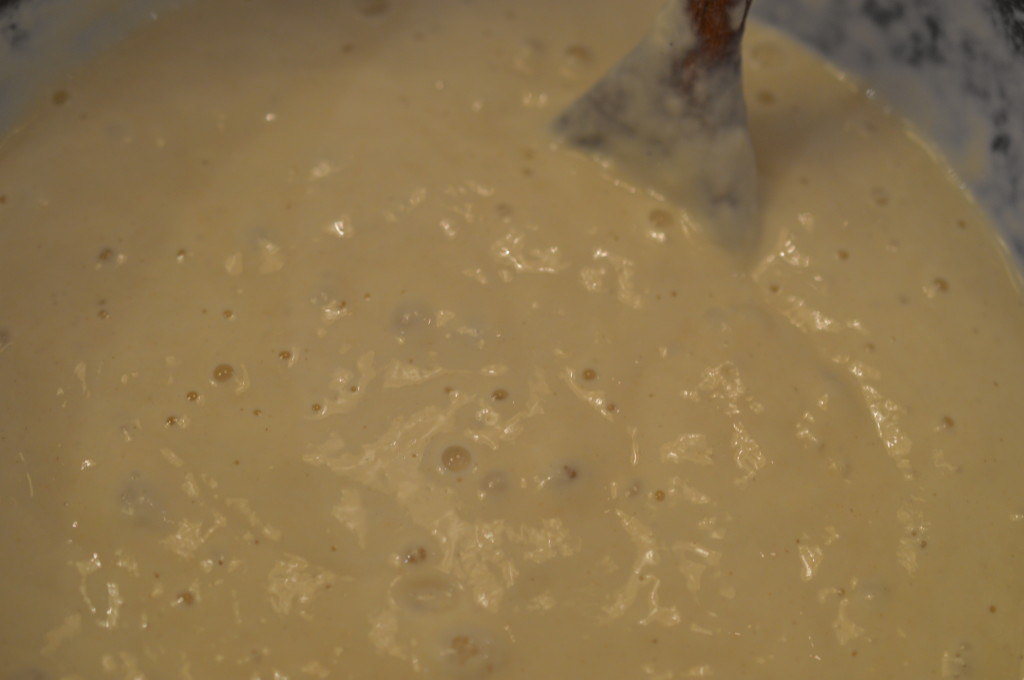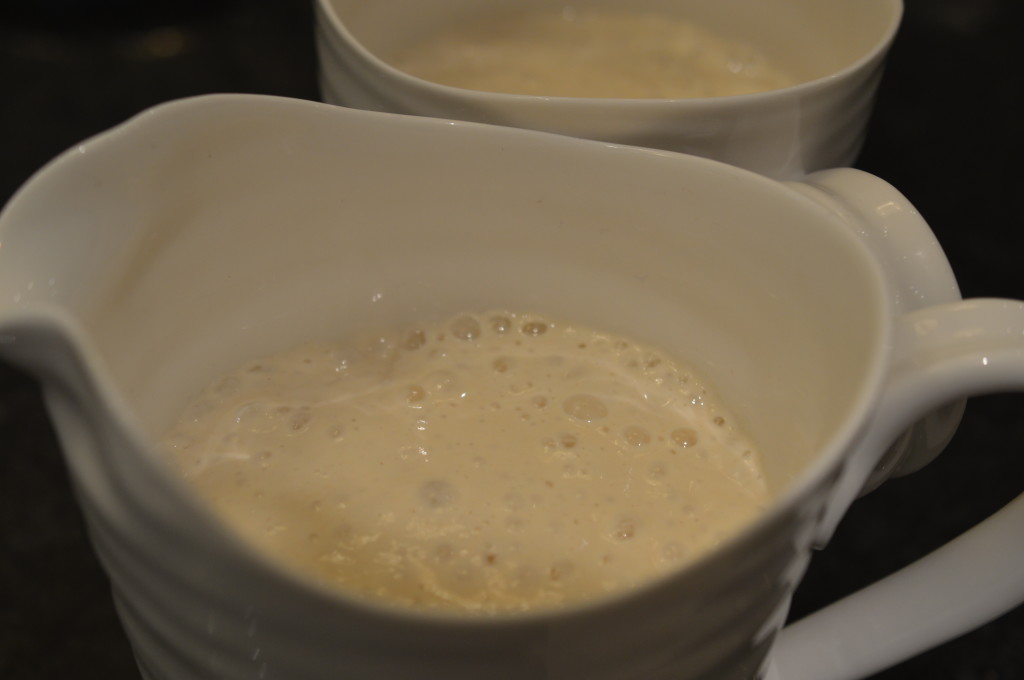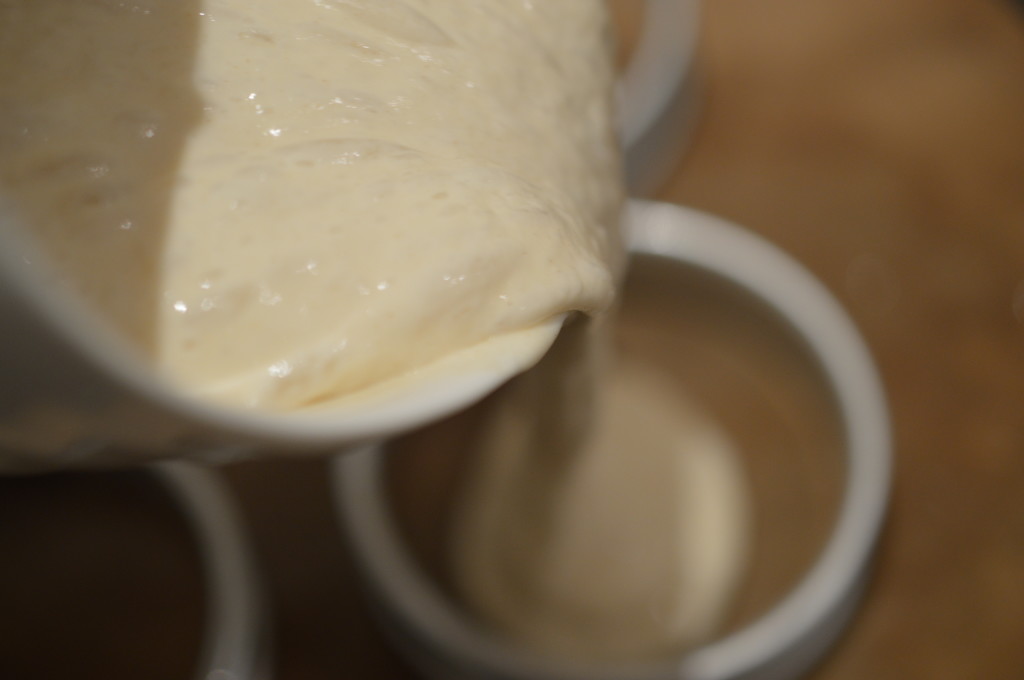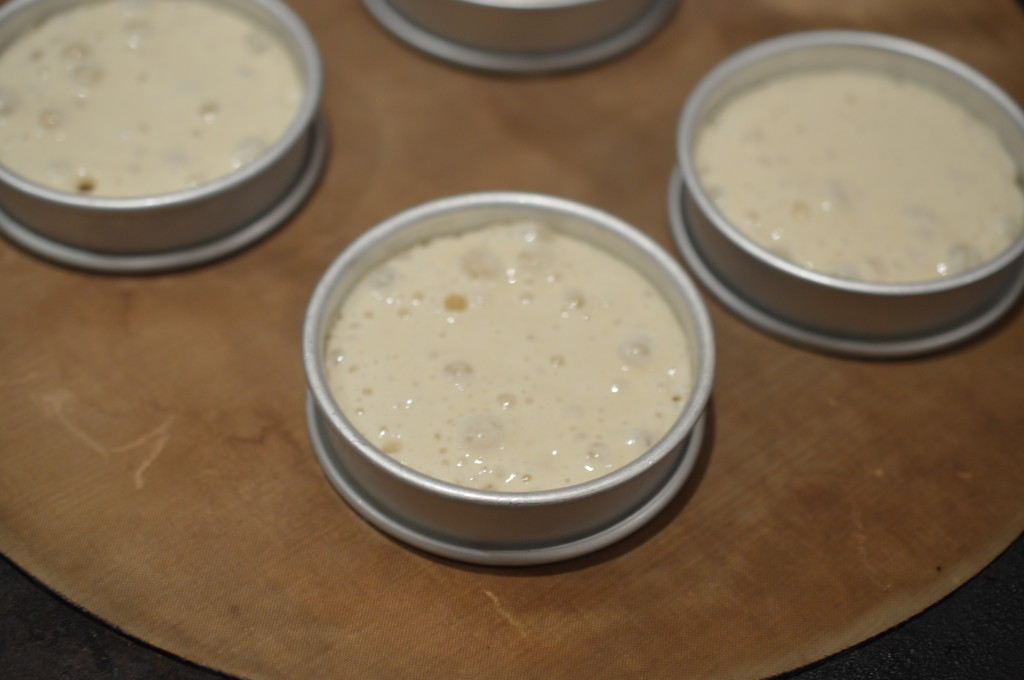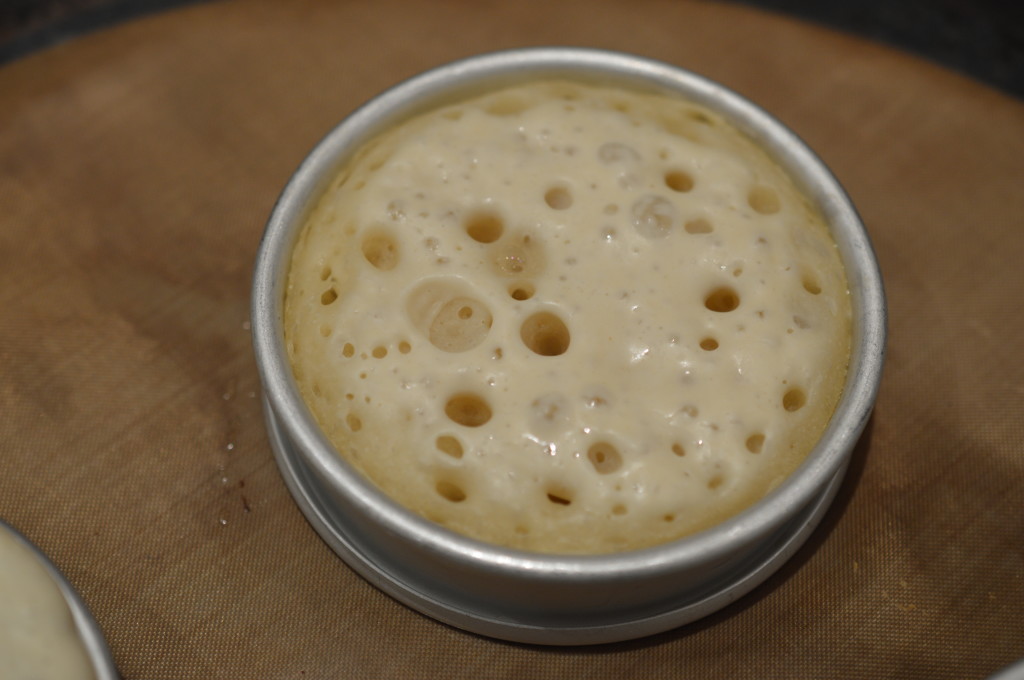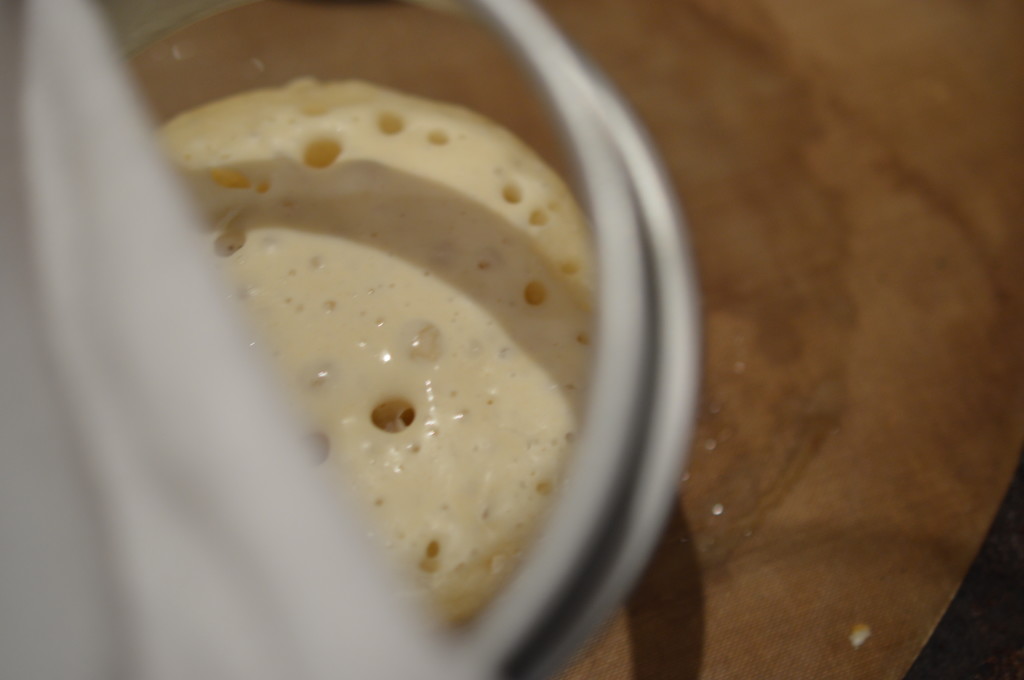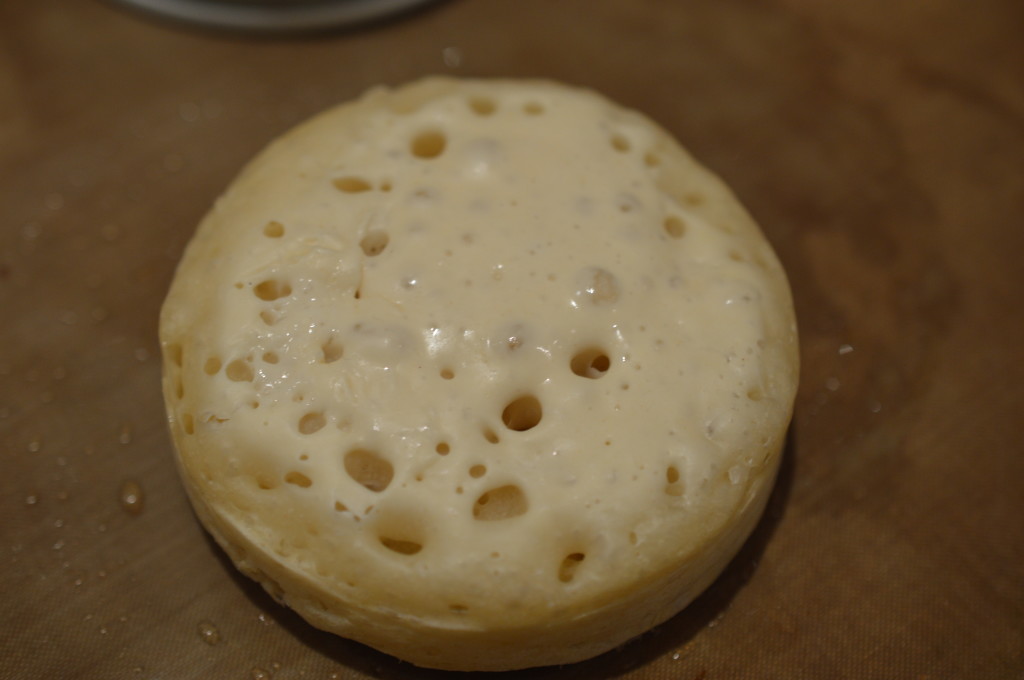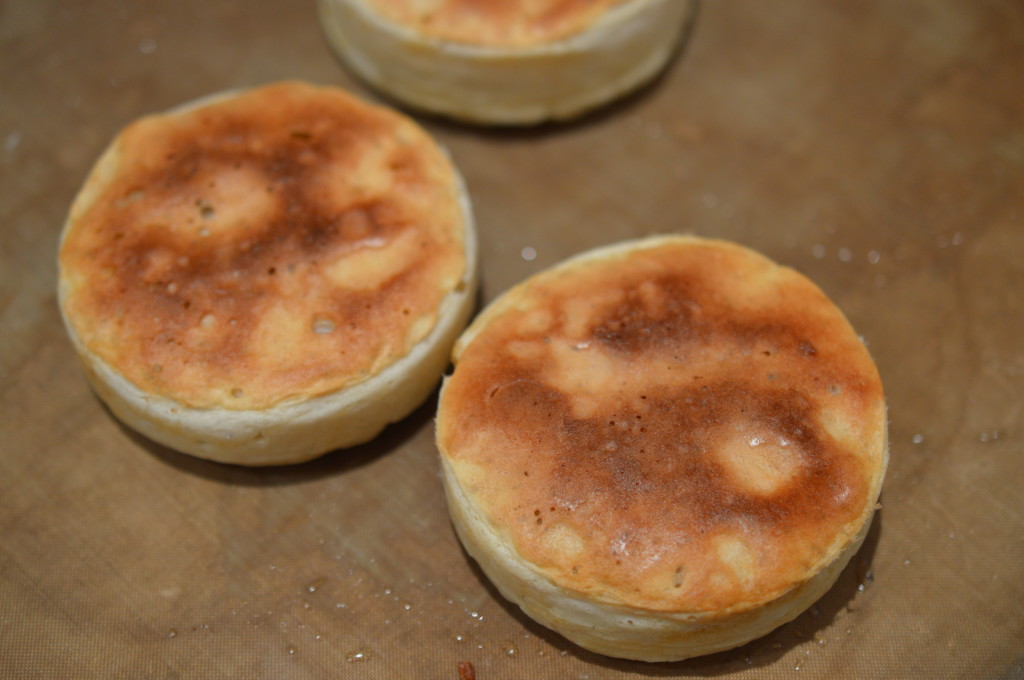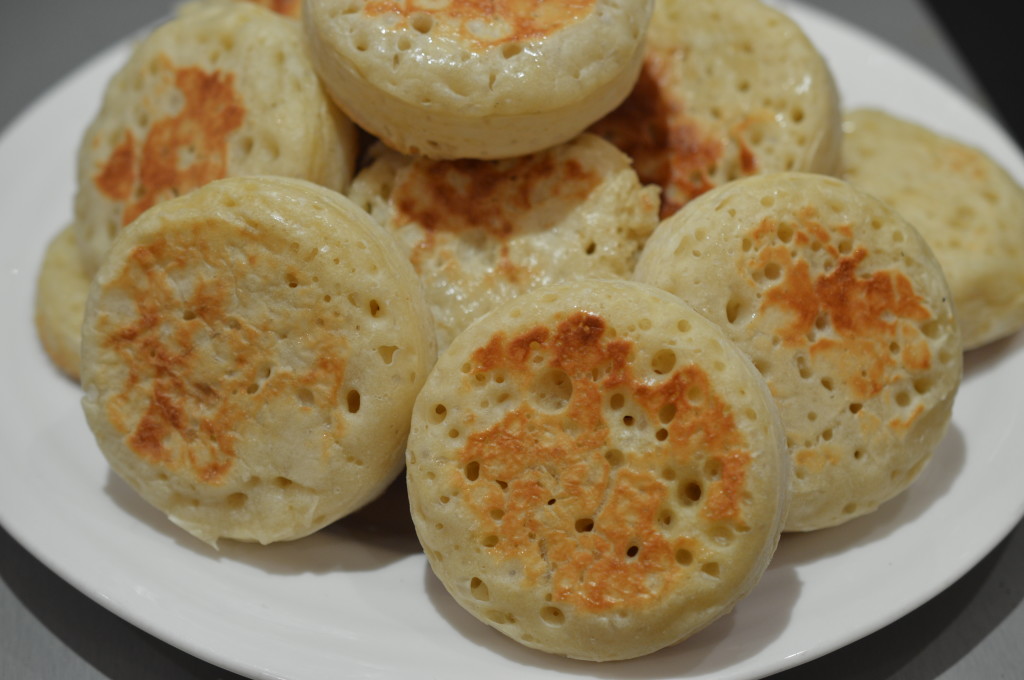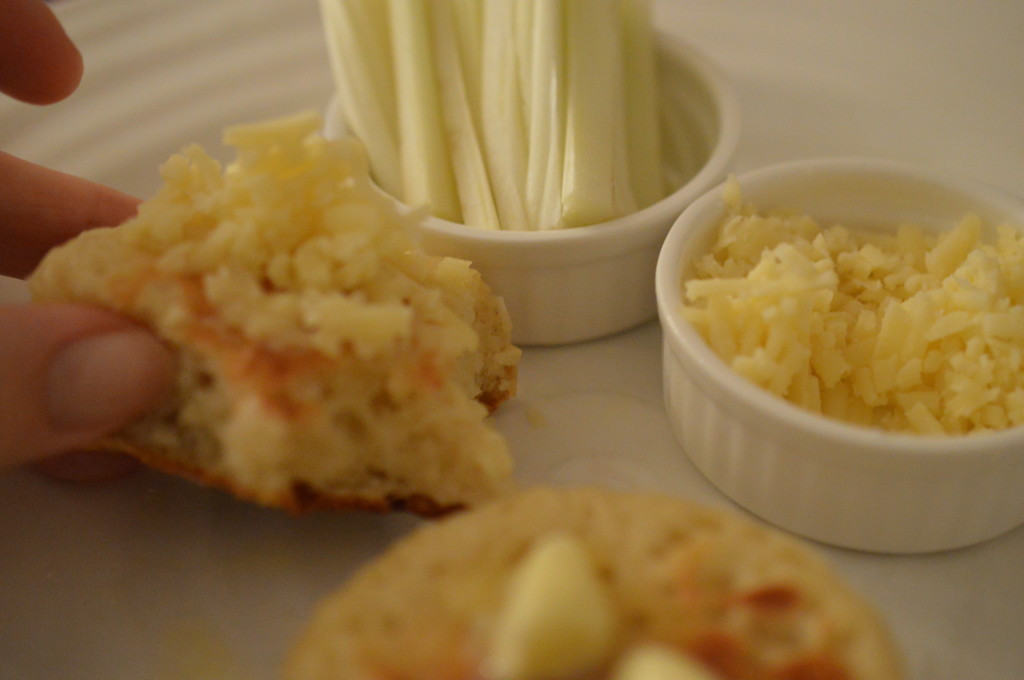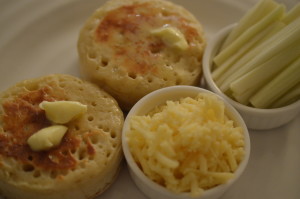Crumpets
It’s a grey day – and I’m still cooking in ‘real’ time – so it seemed to me it was a day made for the comfort of a crumpet. The only kind of crumpet to eat is a warm one. They are surprisingly light because of all the honeycomb-like holes and perfect when they’re oozing with butter. Salted, is my preference but I’m prepared to be flexible.
Apparently, the American publishers of the early Harry Potter books ‘translated’ crumpet to ‘English muffin’ because they were nervous about the British-isms putting off readers. It’s a shame because an English muffin is a different thing with a very different ‘cultural’ feel. A crumpet is about ‘home and hearth’, open fires and toasting forks, a rose-tinted view of times gone by and a warmed Brown Betty teapot of English Breakfast tea …
You do need a bit of kit. Crumpet rings. They force the crumpet upwards rather than let them splay out into something much flatter and un-crumpet-like. (For some reason I now have seven rings. I suppose it’s the missing-sock-syndrome as I have absolutely no idea where the eighth has gone.)
They are not difficult to make – providing you have a recipe which works. A mix of strong bread flour and plain flour seems preferable, but it’s the bicarbonate of soda which is the magic ingredient.
Place the flours in a bowl. Strong white bread flour has the gluten which will help the crumpet hold its honeycomb structure and the plain flour will encourage your crumpet to be soft and squidgy. Add the yeast on one side of the bowl and the salt on the other. (If the salt is placed on top of the yeast it will ‘kill’ it.)
A mix of milk and boiling water gives the perfect warm temperature.
A little bit of sugar gives the yeast a boost.
Pour the water/milk mix into the flour and yeast and beat. Hard. I use the paddle beater on my mixer.
Until it’s smooth.
Time is magic. How long it takes depends on the day, the weather, the flour … Leave until it’s a mass of tiny bubbles. In my warm kitchen it usually takes a hour or so.
Now it’s time for the bicarbonate of soda. The bicarb is all about creating ‘holes’, but you need to be restrained as you don’t want to taste it in the finished crumpet. Mix with 100ml of water. This bit feels counter-intuitive to me but .. stir it in. Yes, you are destroying all those lovely bubbles. I have absolutely no idea why it works, but it does. Then leave it for another half an hour to recover.
I like to pour it into a jug.
Melt a little butter and brush the rings with it so they are thoroughly greased. There is little so annoying as your lovely crumpet getting stuck. Traditionally you’d be baking on a griddle. I use a piece of bake-o-glide on my Aga Simmering Plate, but a heavy cast iron frying pan would work well too. Place the crumpet rings on the cooking surface and bring both to the same temperature. Then pour in some of the gloopy mixture …
Aim for about two thirds up the side of the ring.
It’s the cooking where you need to acquire a ‘knack’. Too hot and you’ll burn the base of the crumpet. Pour the mixture too high up the rings and you’ll end up with a muffin top and a burnt bottom before the top has ‘set’.
Get it right and it will climb to the top of the ring and you can smugly watch the holes appear.
Risking life and limb, lift the rings off when the top has almost set. I use a clean tea towel. If the rings were greased well and hot before you added the crumpet mixture they should release easily, but sometimes you’ll need to coax the crumpet out with the point of a knife.
Once free ..
… flip and cook the other side. This does ‘flatten’ the holes a little so if you are super fussy you can pop them under a grill/broiler until the top is golden.
And keep going.
They are ready to eat now, but you can let them cool and pop them in the freezer ready to toast at a later date.
Eat.
- 2 tsp sugar
- 400 ml whole milk
- 200 ml boiling water
- 2 tbsp dried yeast
- 300g strong white bread flour
- 200g plain flour
- 2 tsp salt
- 1 tsp bicarbonate of soda
- Butter for greasing the crumpet rings
Combine the flours and add the dried yeast to one side of the bowl and the salt to the other. Mix.
Measure the whole milk into a jug and add the boiling water. Pour into the dry ingredients and mix until smooth. Cover and leave to form a mass of tiny bubbles. The will take between one and two hours.
Mix the bicarbonate of soda with 100 ml of warm tap water and stir it into the bubbly batter. It will deflate. Cover again and leave to recover 30 minutes.
Meanwhile, melt some butter and brush the inside of your crumpet rings. Heat a large cast iron frying pan, a smooth griddle or place a piece of bake-o-glide on the Simmering Plate of an Aga. Warm the crumpet rings.
Transfer the crumpet batter to a jug and pour into the rings until two-thirds full. Watch the bubbles appear. Once the top is almost set, remove the crumpet rings. Flip to cook the top of the crumpet – or place under a hot grill/broiler until golden.
Serve with lashings of butter. I like mine with grated Sussex Charmer cheese and batons of celery.
Eat.
